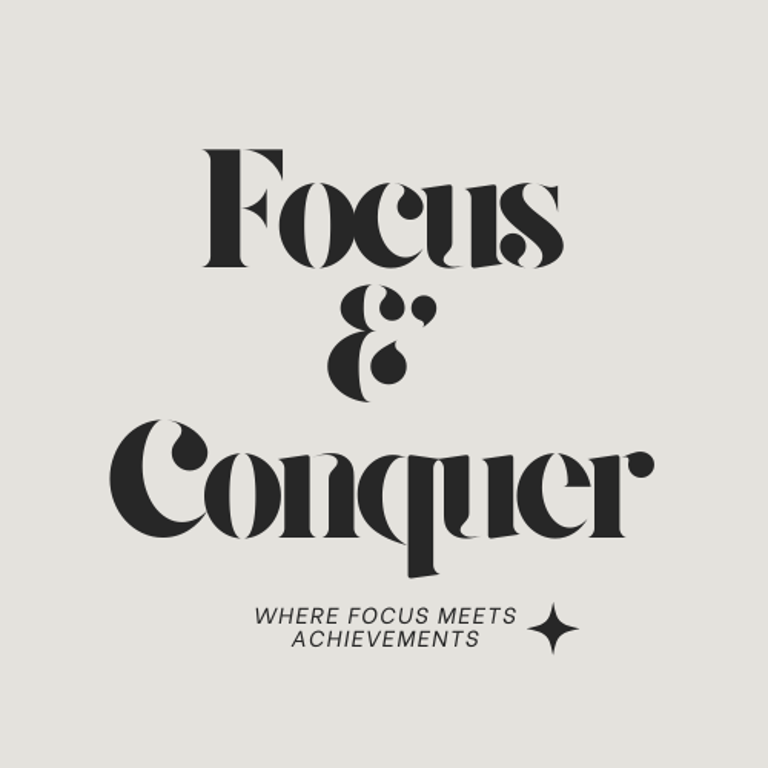How to Finally Take Control of Your Business Finances (Without Stress)
Learn how to take control of your business finances without stress. Simple systems, calm routines, and tools for financial clarity and confidence.
11/10/20254 min read


If you’re reading this, chances are you’ve had that moment — sitting in front of your laptop, staring at your bank balance, and whispering to yourself, “Where did all the money go?”
I’ve been there too.
There was a season in my business when I felt constantly behind. I was making sales, landing clients, even growing — but somehow, my finances always felt out of control. I was earning more, but I wasn’t keeping more.
The truth? I didn’t need more income.
I needed a system.
It took me years (and plenty of tears) to realize that financial control doesn’t mean spreadsheets or endless tracking.
It means clarity.
And clarity begins with simplicity.
Today, I’m going to show you exactly how to finally take control of your business finances — without the stress.
🌿 Why You Feel Out of Control (Even When You’re Doing “Everything Right”)
When I first started my business, I thought managing money just meant checking my balance occasionally and making sure I paid my bills.
But deep down, I always felt uneasy — like something was missing.
Here’s what I learned: feeling out of control isn’t about how much you earn, it’s about how connected you are to your numbers.
Most small business owners fall into these traps:
Mixing personal and business finances.
Avoiding their numbers because they feel “too complicated.”
Reacting instead of planning.
Using too many tools that make things messy instead of clear.
If that sounds familiar, it’s okay.
You don’t need to be a finance expert to fix it — you just need a few clear steps and a calmer mindset.
Step 1: Separate to Simplify
When I finally decided to get serious about my finances, the first thing I did was separate everything.
No more mixing business and personal. No more guessing what belonged where.
Here’s what I did (and what you can do today):
Open one business account — every payment in, every expense out.
Create a small savings account for taxes and emergencies.
Label a Google Drive folder “Finance.” Inside: receipts, invoices, monthly summaries.
Use one card just for business.
That simple shift brought more clarity than any accounting course I’ve ever taken.
Because the truth is, you can’t control what you can’t see clearly.
Once everything was separated, I could finally breathe.
Step 2: Build a Clear Financial Dashboard
For years, I used a dozen spreadsheets, apps, and tools — but none of them gave me a full picture of what was really happening.
So I built my own system.
Something visual, simple, and calm.
That’s how the Finance Clarity Tracker was born.
It’s the system I use every single week to track:
What came in
What went out
What’s left for growth
No confusion. No overwhelm. Just clarity.
If you don’t have a dashboard yet, here’s how to start:
Create a sheet or tracker that shows your income, expenses, and balance.
Use categories that make sense to you.
Keep it clean and visual — avoid clutter.
Update it once a week (never let a month go by).
Financial control doesn’t come from complicated formulas — it comes from consistency.
Step 3: Create a 10-Minute Weekly Routine
Every Friday morning, before diving into work, I pour a coffee, open my tracker, and spend 10 quiet minutes reviewing my week.
Here’s my checklist:
✅ Check income and note new payments.
✅ Review expenses and see if they align with my goals.
✅ Calculate my weekly profit.
✅ Reflect: “How do I feel about my finances this week?”
That’s it.
Ten minutes that changed everything.
Because when you look at your money regularly, it stops being scary.
It becomes information — feedback you can use to make better decisions.
The more you look, the calmer you feel.
Money clarity isn’t about control — it’s about awareness.
Step 4: Automate What You Can
One of the biggest sources of stress in business finances is decision fatigue — constantly trying to remember what’s due, when, and where.
Automation takes that mental load off your shoulders.
Here’s what you can automate right now:
Invoice reminders for clients.
Recurring payments for subscriptions.
Transfers for taxes or savings.
Automation doesn’t mean you’re hands-off — it means you’re proactive.
It’s a quiet way to stay in control without the constant mental checklist.
Step 5: Build Emotional Awareness Around Money
This is the part no one talks about.
Even when my numbers looked good, I used to feel stressed about money.
Why? Because my mindset wasn’t aligned with my systems.
Financial control isn’t only about tracking — it’s about trust.
Each time you sit down with your tracker, notice how you feel.
Are you anxious? Avoidant? Proud? Calm?
Your emotions tell you more about your financial habits than any spreadsheet ever will.
The more you build a peaceful relationship with money, the easier control becomes.
Step 6: Plan, Don’t React
Once I started reviewing my numbers weekly, I noticed something powerful: I could finally plan ahead instead of putting out fires.
When you see your cash flow clearly, you can anticipate slow months, plan expenses, and save with purpose.
That’s what real control feels like — not micromanaging, but predicting.
Control is peace of mind that comes from preparation, not perfection.
Step 7: Don’t Wait for the “Perfect Moment”
If you’re waiting to “get everything ready” before organizing your finances, stop.
The perfect moment doesn’t exist.
Your business will always be evolving — so your systems will too.
Start small, start messy, but start now.
Because every day you wait is another day of unnecessary stress.
The Tools That Changed Everything for Me
When I finally stopped overcomplicating things and focused on clarity, my finances — and my peace of mind — transformed.
These are the two tools that keep me grounded and organized:
1. Finance Clarity Tracker
It’s my one-stop dashboard for income, expenses, cash flow, and profit tracking.
Designed for calm, not chaos — because business finances should feel empowering, not overwhelming.
👉 Get it here
2. Free Guide: 10 Money Mistakes That Are Keeping You Broke
If you’re still in the stage where finances feel confusing, this guide is the best place to start.
It’ll help you identify what’s blocking your financial flow and how to fix it.
🎁 Download it here
Final Thoughts: Control = Calm
You don’t take control of your finances by doing more — you take control by doing less, consistently.
It’s not about mastering spreadsheets.
It’s about designing systems that give you peace.
When you finally organize your business finances, you realize that control isn’t restrictive — it’s freeing.
It’s the quiet confidence that lets you make decisions without fear, invest without guilt, and grow without burnout.
Because clarity with money isn’t just good for business — it’s good for you.
So take a deep breath, open your tracker, and start today.
Your future self will thank you.
